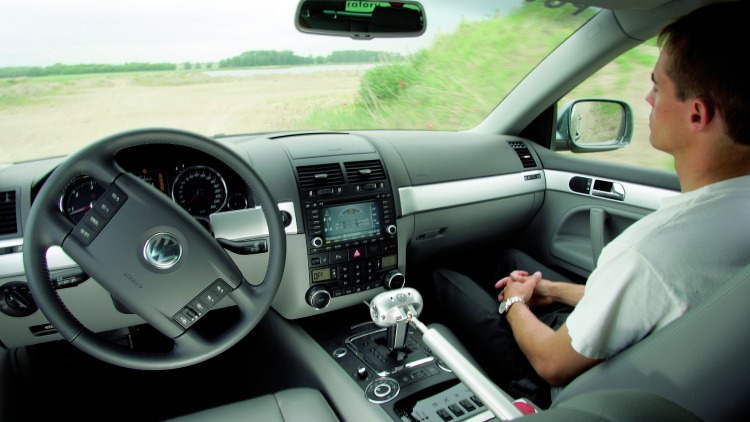We live in a world of innovation and technological advancement, where almost every conceivable industry has changed beyond all recognition since the turn of the century. This is particularly true in terms of the insurance sector, which is extremely diverse and takes into account elements from the home, the commercial world and out on the road. With technological advancement continuing to progress at a rapid pace, we can expect the insurance business to evolve even further over the next decade (from the perspective of both consumers and service providers).
This market is also one of the most price sensitive in the world, and this has been borne out by recent controversy relating to pet coverage in the UK. Complaints about the cost of pet insurance have soared by an estimated 38% during the last year, for example, as prices have increased at a disproportionate rate to the depth of coverage offered. This means that innovation in the insurance sector tends to be focused on reducing costs and altering the nature of coverage, and this is a trend that will continue at pace.
How is technology changing the global insurance sector?
So how exactly is technological advancement and innovation changing the landscape of the global insurance sector? Here are three of the most obvious and significant examples: –
-
Automated driving will change the face of Automotive Insurance
While the concept of driverless cars has yet to fully take hold, many of the technological elements which will underpin this are already in place. This means that we can expect formative driverless vehicles to be on the road by 2030, and this will have a significant impact on the automotive insurance market. It is estimated that 90% of all road accidents in the UK occur as the result of human error, for example, meaning that existing forms of insurance and liability cover will become invalid over time. Premiums may also be reduced by up to 50%, making car insurance cheaper than ever before.
Ultimately, this means that the leading insurance companies will need to amend their coverage options and continue to diversify their available policies.
-
Ambient Computing will also reduce risk and home insurance premiums
In terms of home insurance, ambient computing and smart technology are quickly becoming industry-defining factors with the potential to revolutionise the cost and nature of coverage. These innovations include the type of embedded sensors and connected devices which drive smart technology, such as smartphone-operated security systems and home heating hubs. Insurance companies have been quick to adapt to these technologies, capitalising on increasingly safe homes to diversify products and derive greater value. This trend will continue at pace in the near-term future, with home insurance premiums also set to fall as a result.
-
Core computer systems will increase business efficiency and reduce Insurance costs
Businesses often make huge investments in their core operating systems, with big data assets and Cloud-based technology helping firms to manage their operations from a single, virtual server. This is a topic that appeals to the insurance sector, as it is continually preoccupied with ways in which clients can drive greater efficiency, minimise risk and eliminate costs. This simplifies the policies and coverage that service providers can offer to clients, particular in terms of intellectual property and customer data.
These examples of evolution embody the modern insurance market, while also offering us an insight into the direction that it will take in the near-term future. One thing is for sure; while nobody can predict exactly what will happen in this market it will be an interesting space to observe over time.



 Bitcoin
Bitcoin  Ethereum
Ethereum  Tether
Tether  XRP
XRP  USDC
USDC  Solana
Solana  Cardano
Cardano  TRON
TRON  Lido Staked Ether
Lido Staked Ether  Toncoin
Toncoin  Avalanche
Avalanche